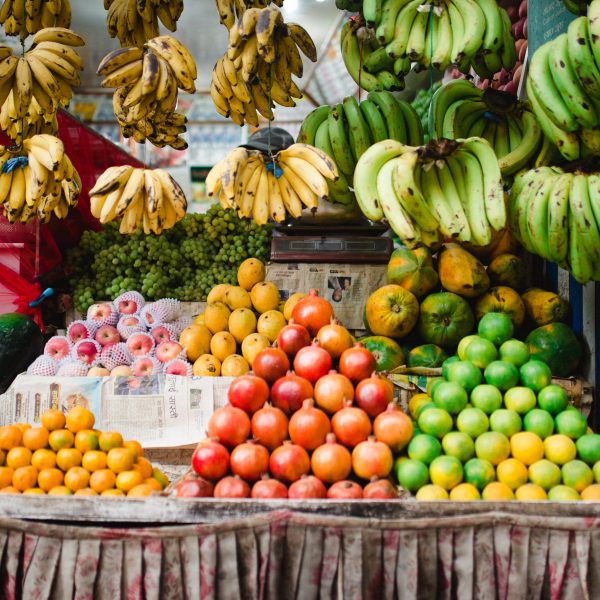Cartoons + Carrots = better vegetable intake, Deakin researchers say
Educators, parents and families who want children to eat more vegetables should “peel a carrot and sit the child in front of the television”, Deakin University researchers have said, commenting on a new study conducted by the Deakin Centre for Advanced Sensory Science.
The study found that children consumed two servings of vegetables when served a box of whole carrots while watching a 90-minute film. Lead researcher Dr Gie Liem said his research was “critical” in showing the importance of providing vegetables to children as snacking options at all times of day, not just dinner time.
“We know that less than ten per cent of Australian children eat the recommended five servings of vegetables a day, so it’s essential we find practical ways to encourage children to eat more vegetables” Dr Liem said.
The new study builds on previous research by Dr Liem, where children who were given whole carrots rather than diced carrots consumed more vegetables in a ten minute period. The study has been published in the journal Food Quality and Preference, aimed to replicate the findings of the diced carrot study in a “real world” setting to see if children would consume more carrots per ten minute period, over a longer time frame.
Sixty children took part in the study, which was held across two visits. On the first visit, half the children were given diced carrots, with the other half receiving whole carrots. On the second visit, the offerings were reversed.
“We found that the average child ate double the amount of whole carrot compared with diced carrot, and when they ate the whole carrots it equated to an average of about two servings of vegetables,” Dr Liem said.
He suggested that carrots and other vegetables be served as snacks during passive periods, such as whilst watching television, saying “This is really the optimal time for serving vegetables too, as previous research shows we eat a lot more when we are distracted.”
Explaining the science behind the increased consumption, Dr Liem said serving size was a consideration “One factor is that we typically think any serving we’re given is the normal serving size, so we’re likely to finish it. When you have a whole carrot in your hand you’re likely to consume whatever is in your hand,” he said.
Whole carrots were consumed faster, with children taking bigger and quicker bites, with Dr Liem saying that human physiology dictates that when you consume something faster, you consume more.
“It’s also interesting to note that when children were asked to rate their ‘liking’ towards carrots before and during the study, it stayed at a fairly neutral level. So these were not kids who necessarily loved carrots, yet we heard no complaints throughout the films, they were just nibbling along, not really paying attention to what they were eating,” Dr Liem said.
Dr Liem warned that the findings were unlikely to be transferable across the board, saying that a vegetable which is actively disliked by a child, particularly if the vegetable is bitter, it is “best to start with small portions so that they can get a taste for them first”.
Some of Dr Liem’s tips to increase vegetable consumption include:
- Exposure is key – regularly give the opportunity to try different vegetables as the more children are exposed to the taste, the more likely they are to eat them again.
- Don’t force them to eat – that doesn’t work and turns vegetables into a punishment.
- Don’t use vegetables as a hurdle to receive a treat – that signifies there’s something wrong with vegetables.
- Start healthy habits – make vegetables a normal part of meal and snack time, they could become your regular movie snack.
- Make vegetables accessible – leave them on your kitchen bench ready for when kids come home from school or early learning.
- Set a good example – eat a wide variety of vegetables alongside your children.
Popular

Practice
Provider
Quality
Research
Workforce
New activity booklet supports everyday conversations to keep children safe
2025-07-10 09:00:16
by Fiona Alston

Quality
Practice
Provider
Research
Workforce
Honouring the quiet magic of early childhood
2025-07-11 09:15:00
by Fiona Alston

Quality
Practice
Provider
Workforce
Reclaiming Joy: Why connection, curiosity and care still matter in early childhood education
2025-07-09 10:00:07
by Fiona Alston












